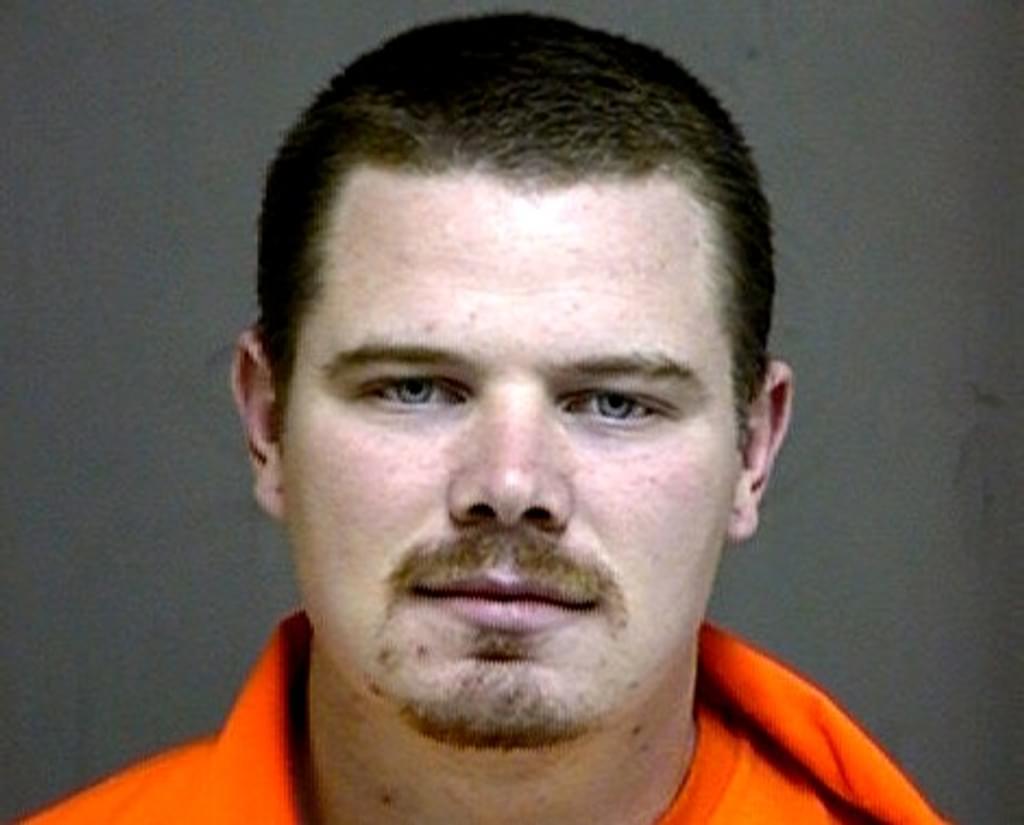
In cases with multiple defendants, the “worst” offender does not always receive the worst punishment. For example, in Arizona, Patrick Bearup (pictured) was the only one among four co-defendants to receive the death penalty, even though he was not directly involved in killing the victim. The other three defendants, one of whom instigated the offense, another of whom beat the victim with a baseball bat, and a third who shot the victim, were able to secure plea bargains, avoiding trial. Two of them are likely to be released within 15 years. According to Dale Baich of the federal public defender’s office in Arizona, of the six inmates executed there in 2012, four were equally or less culpable than their co-defendants, and 3 of those 4 co-defendants have already been released. A judge who reveiwed Bearup’s case, criticized the prosecutor for pursuing the death penalty against a man who “even under the state’s theory, did not cause the physical death” of the victim. The judge nevertheless upheld the death sentence. In another Arizona county, the prosecutor announced the county could only afford one death penalty case at a time, thereby ending a capital prosecution in an egregious murder, while pursuing it in a comparable case. Christopher Dupont, a lawyer in Arizona said, “Do people who commit equally heinous crimes get the same results? The answer is unquestionably no. It’s a total mystery who is going to face the death penalty and who is not.”
(F. Santos, “Less Culpable, but With Longer Sentences,” New York Times, April 5, 2013). See Arbitrariness.
Arbitrariness
Jan 03, 2024

Overwhelming Percentage of Florida’s Hurst Resentencing Hearings End in Life Sentences
Sentencing Data
Sep 13, 2023



